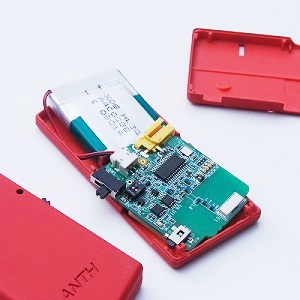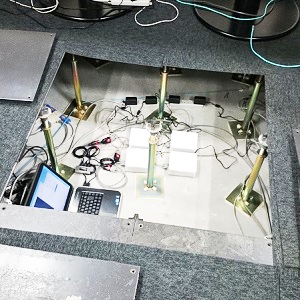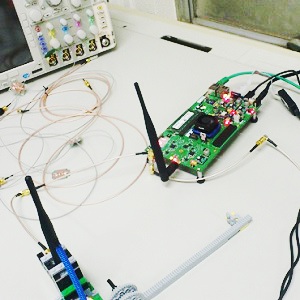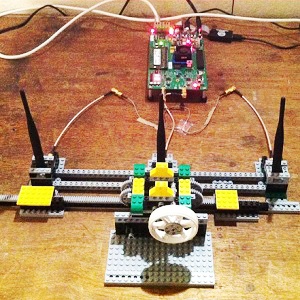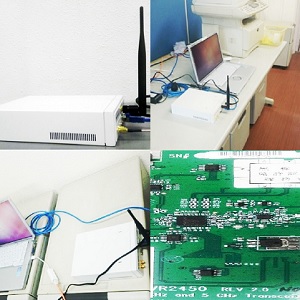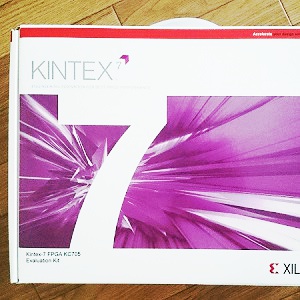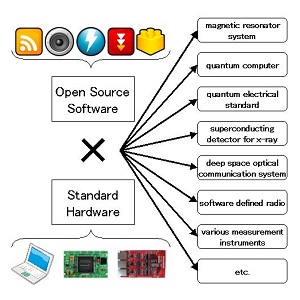Our final goal is to integrate physical space into cyber space: physical space is where we live and cyber space is where computer networks provide. To this end, Saruwatari Laboratory is working on
Battleship Island monitoring acquires big data of decaying architectural buildings. Battleship Island is very particular environments where there is a hundred years old and the oldest reinforced concrete building in the world. There are no living people, no power, no communication line, and no power supply. We are working on acquiring the big-data with video cameras, microphone, and earthquake sensors in such a hard environment.
References
The biggest challenge of current wireless sensor networks is power consumption because wireless sensor nodes are driven with battery. To overcome the challenge about power consumption, we try to integrate wireless power transmission into wireless LANs. Additionally, radios can be used for sensing because the radio propagation is very sensitive to a slight change of physical world. In view of this, we are working on
References
In view of this, we are working on software defined instruments with SDLab project. The software defined instruments enable us to build and extend various instruments with only modifying software as we want. Because instruments can be used for versatile applications, researchers and engineers can build state-of-the-art experimental apparatuses and communication systems. Now, we are developing open source software and standard hardware for software defined instruments with actual applications:
- applied sensor networks
- integration of sensor networks into wireless LANs
- high-performance sensor networks.
Applied Sensor Networks
Since 2002, we have studied about operating systems, system software, middleware, communication protocols, and applications of sensor networks. Now we are working on Battleship Island monitoring.Battleship Island monitoring acquires big data of decaying architectural buildings. Battleship Island is very particular environments where there is a hundred years old and the oldest reinforced concrete building in the world. There are no living people, no power, no communication line, and no power supply. We are working on acquiring the big-data with video cameras, microphone, and earthquake sensors in such a hard environment.
References
- "Actual Application of Ubiquitous Structural Monitoring System using Wireless Sensor Networks" Proceedings of the 14th World Conference on Earthquake Engineering (14WCEE), 2008.
- "PAVENET OS: A Compact Hard Real-Time Operating System for Precise Sampling in Wireless Sensor Networks" SICE Journal of Control, Measurement, and System Integration, Vol.5, No.1, pp.24-33, 2012.
- "A Novel Wireless Wake-up Mechanism for Energy-efficient Ubiquitous Networks" Proceedings of the IEEE 1st International Workshop on Green Communications (IEEE GreenComm'09), 2009.
- "A Multi-Channel Bulk Data Collection for Structural Health Monitoring using Wireless Sensor Networks" Proceedings of the 18th Asia-Pacific Conference on Communications (APCC2012), pp.295-299, 2012.
Integration of Sensor Networks into Wireless LANs
While conducting wireless sensor network studies, we have begun to think that sensor networks should be integrated into wireless LANs for deployment because wireless LANs are already deployed.The biggest challenge of current wireless sensor networks is power consumption because wireless sensor nodes are driven with battery. To overcome the challenge about power consumption, we try to integrate wireless power transmission into wireless LANs. Additionally, radios can be used for sensing because the radio propagation is very sensitive to a slight change of physical world. In view of this, we are working on
- integration of data transmission, power transmission, and sensing, over radios
- multiview video transmission over wireless LANs
- multiple access points cooperation
- superposed spinal codes
- successive interference cancellation
- wireless full duplexing
- multihop communication with relay nodes.
References
- "Multi-view Video Streaming with Mobile Cameras" IEEE Global Communication Conference (IEEE GLOBECOM), 2014.
- "Wireless Multiview Video Streaming with Subcarrier Allocation by Frame Significance" Proceedings of the IEEE 80th Vehicular Technology Conference (IEEE VTC2014-Fall), 2014
- "Full Duplex Media Access Control for Wireless Multi-hop Networks" Proceedings of the IEEE 77th Vehicular Technology Conference (IEEE VTC2013-Spring), 2013.
- "Distributed Spectrum Sensing Utilizing Heterogeneous Wireless Devices and Measurement Equipment" Proceedings of the 2nd IEEE International Symposium on New Frontiers in Dynamic Spectrum Access Networks (IEEE DySPAN'11), pp.173-184, 2011.
High-performance Sensor Networks
What future sensor networks should be? We think that the future sensor networks should have ultrafast physical-space's data acquisition and ultrafast hard-real-time processing in cyber-space. The examples of fine-grained physical-space's data are quantums, photons, and radios. The performance of the physical-space's data acquisition speed needs the same level as that of current high-end measurement instruments. Additionally, the system must have programmability that is the most important function of cyber space: we can create anything what we imagine on cyber space.In view of this, we are working on software defined instruments with SDLab project. The software defined instruments enable us to build and extend various instruments with only modifying software as we want. Because instruments can be used for versatile applications, researchers and engineers can build state-of-the-art experimental apparatuses and communication systems. Now, we are developing open source software and standard hardware for software defined instruments with actual applications:
- quantum computer
- magnetic resonator system
- software defined radio
- quantum electrical standard
- superconducting detector for x-ray astronomy
- deep space optical communication system.

